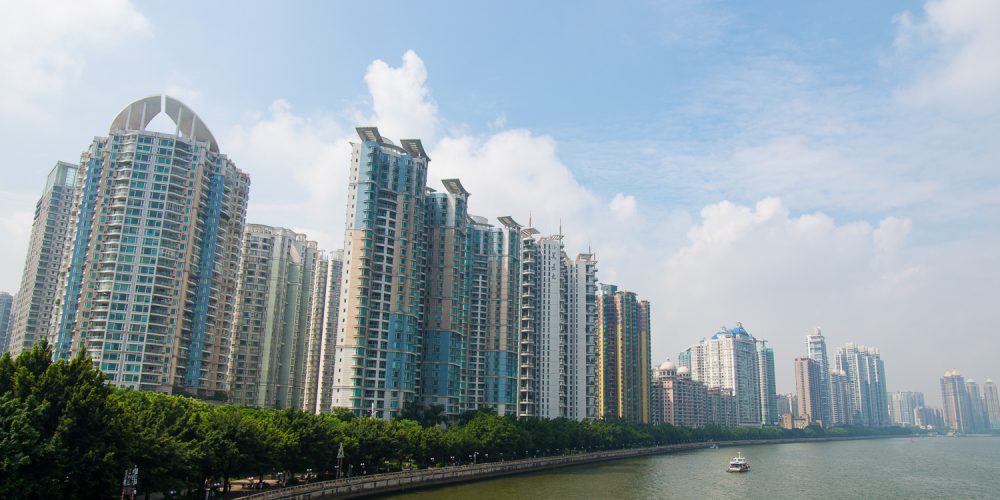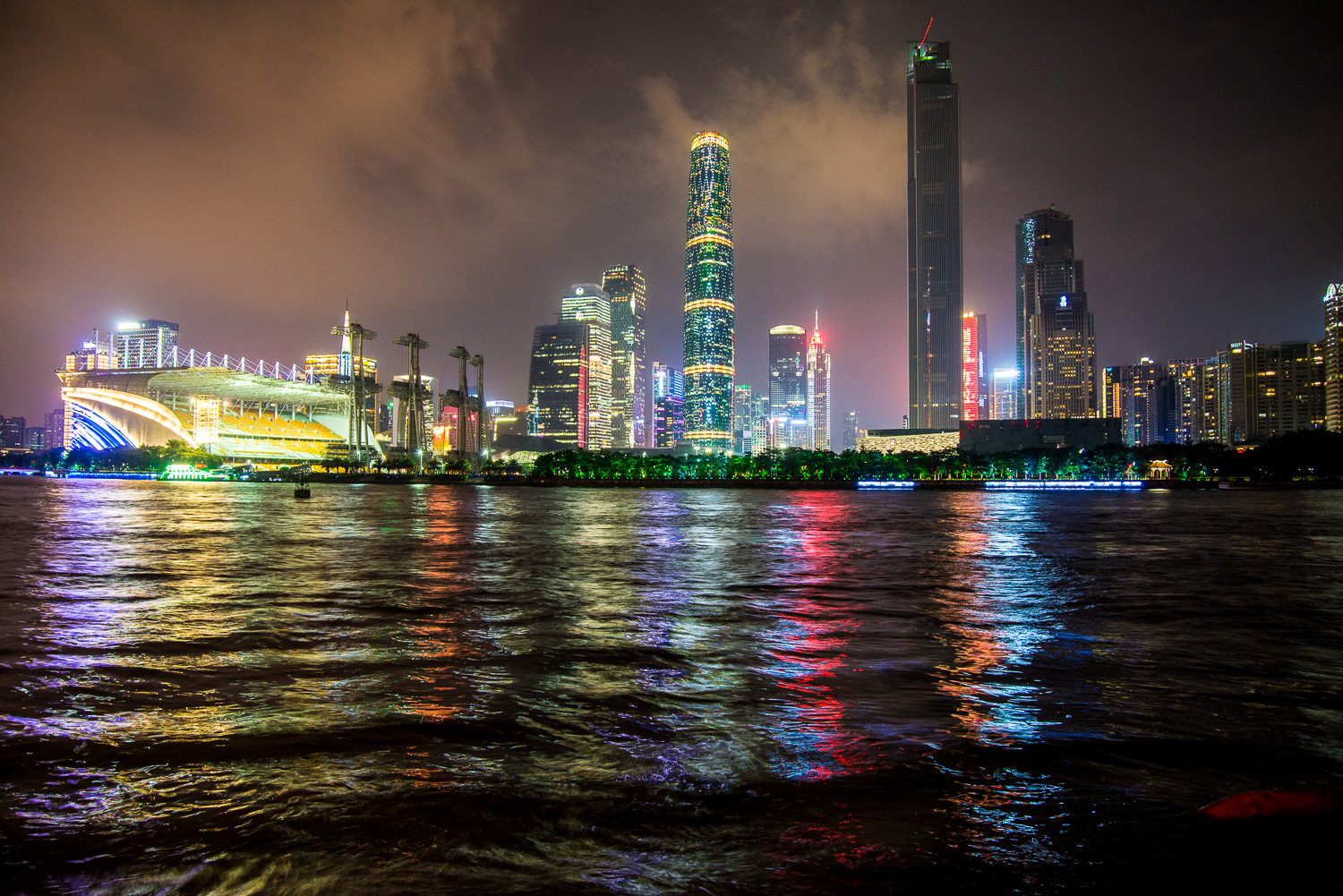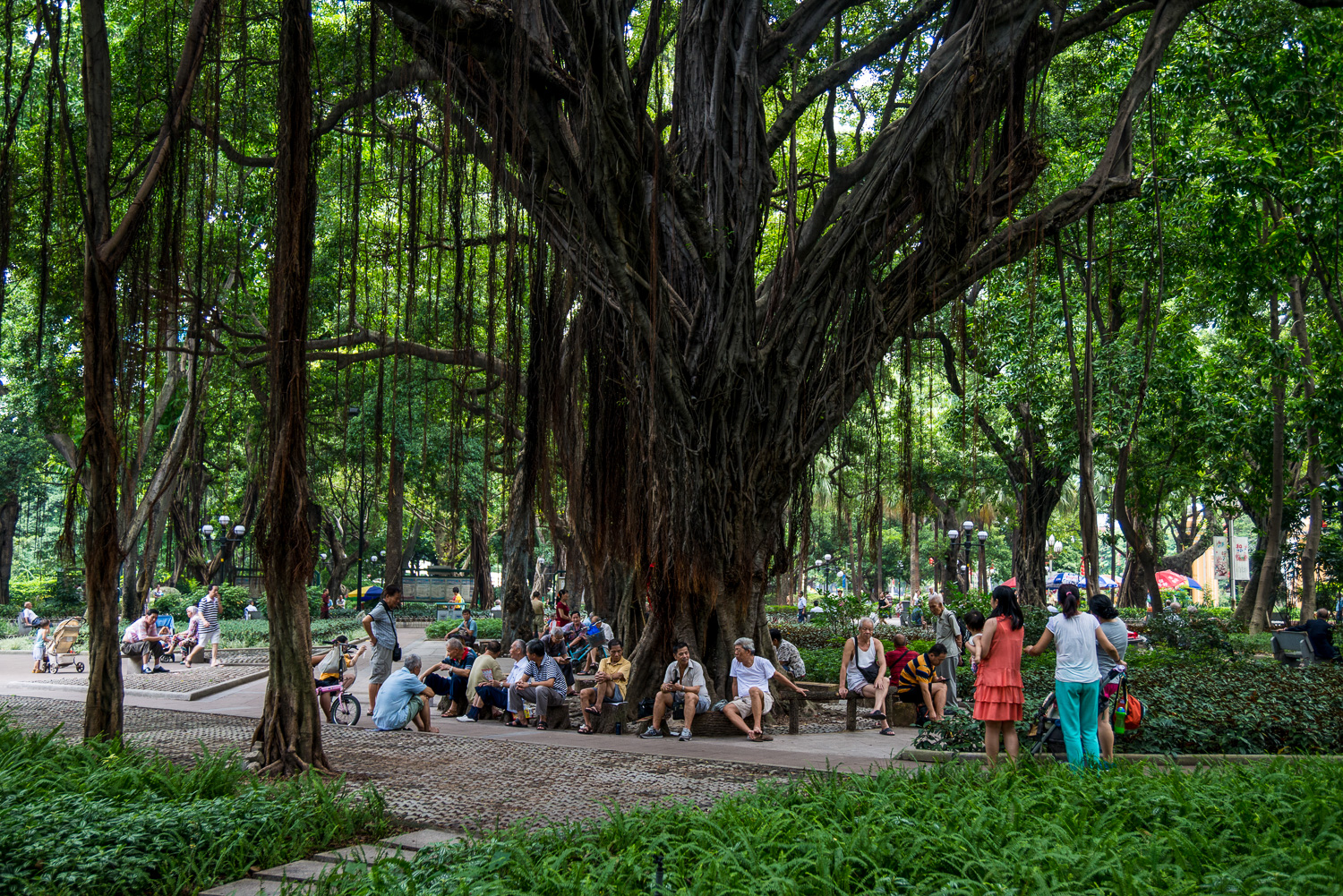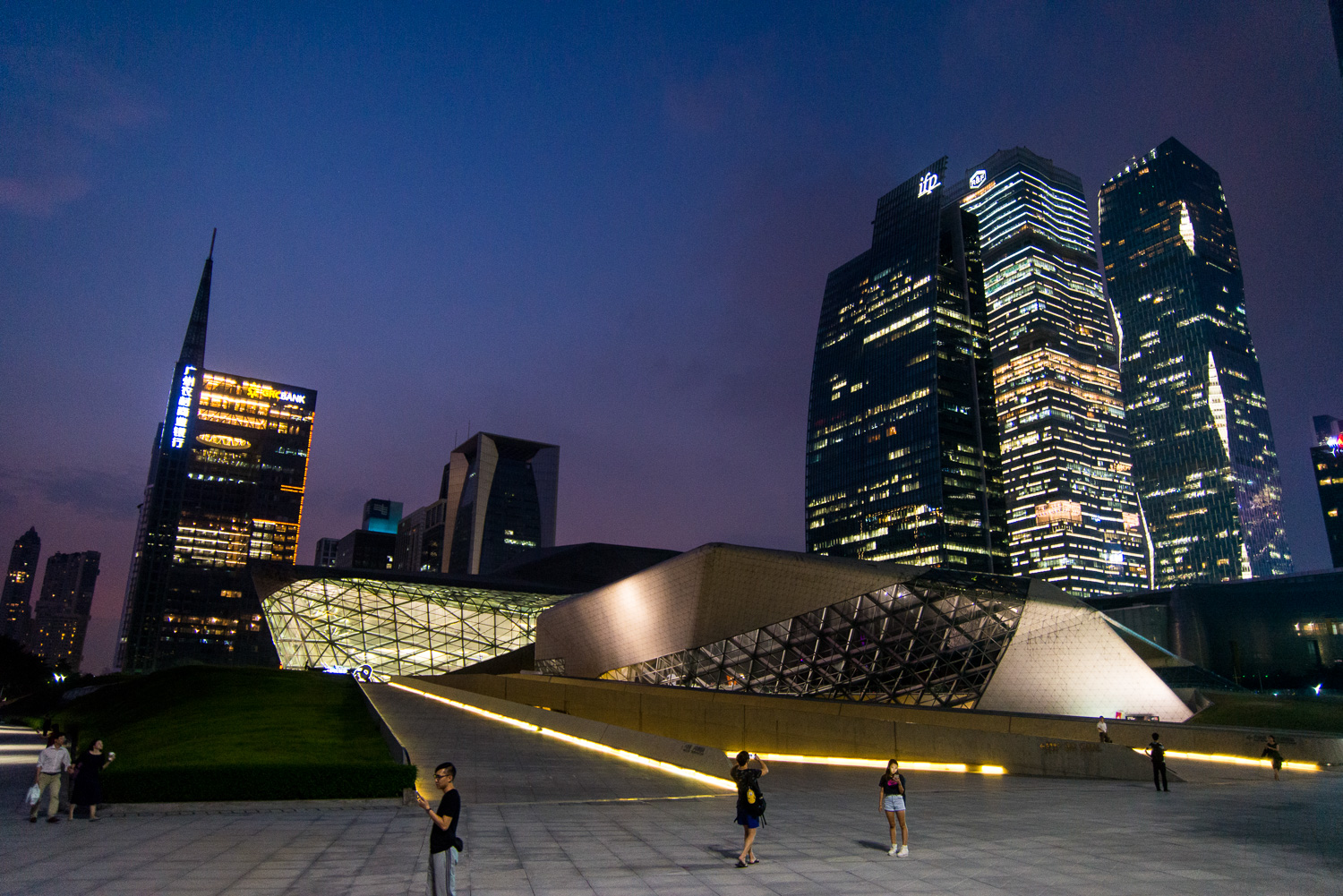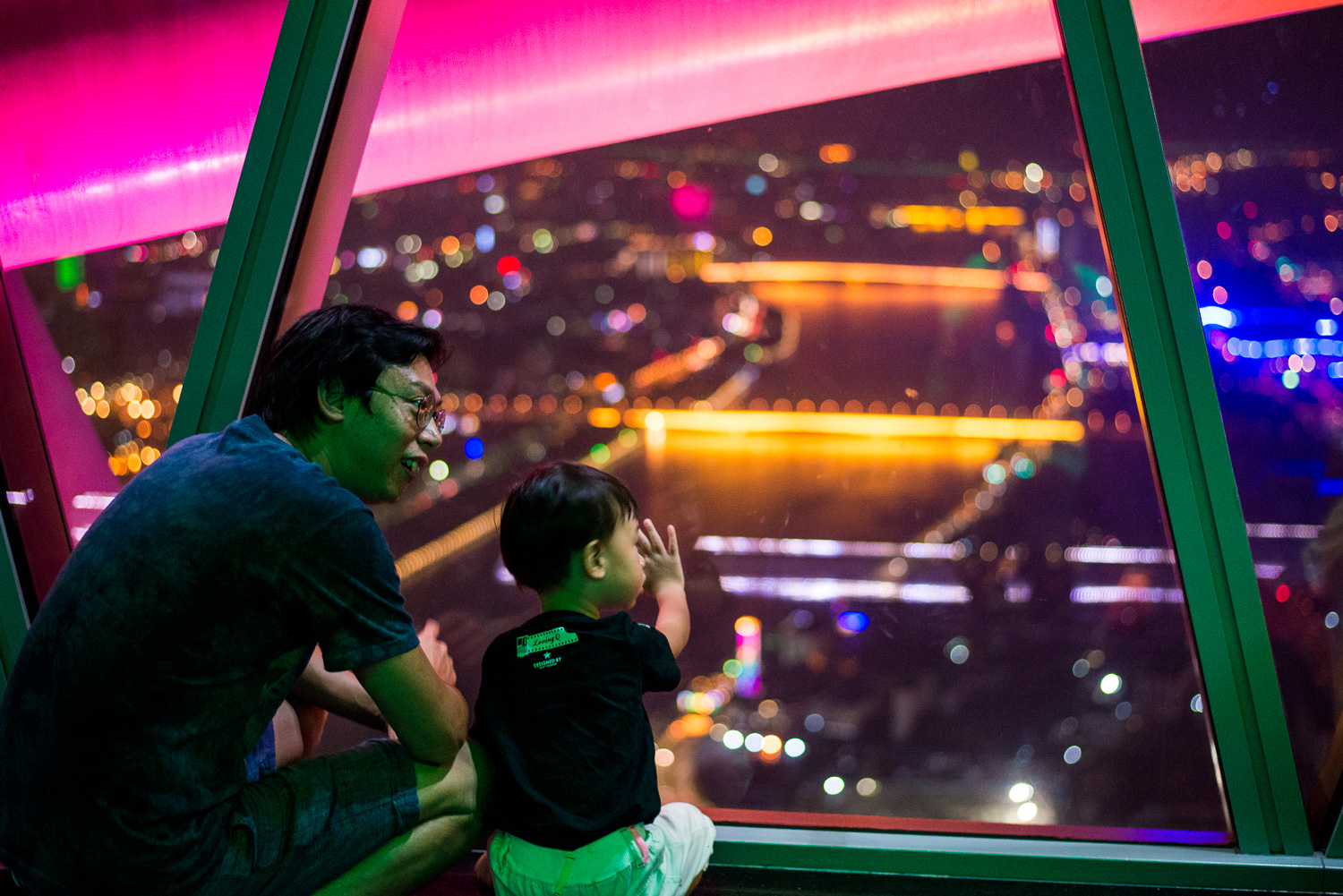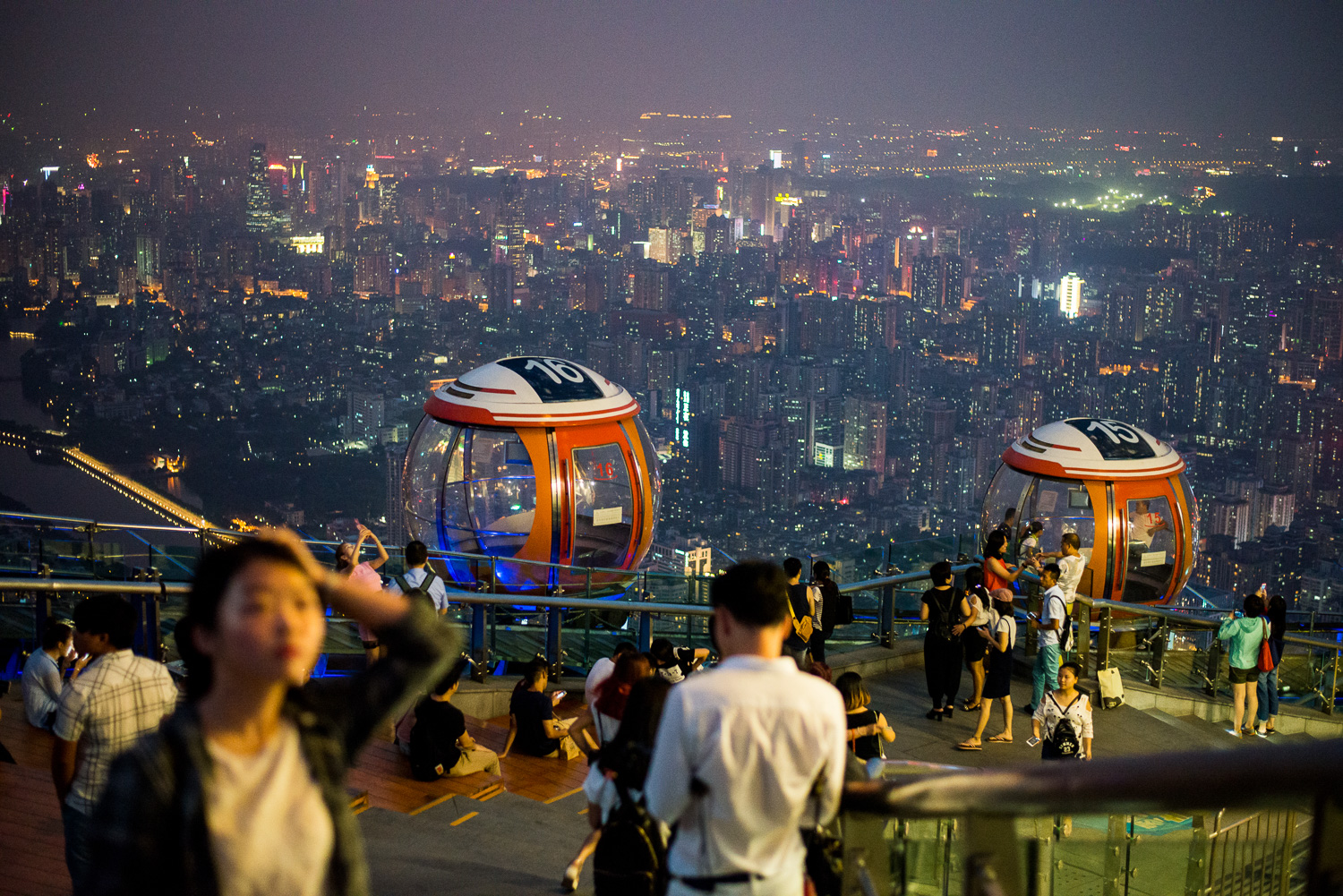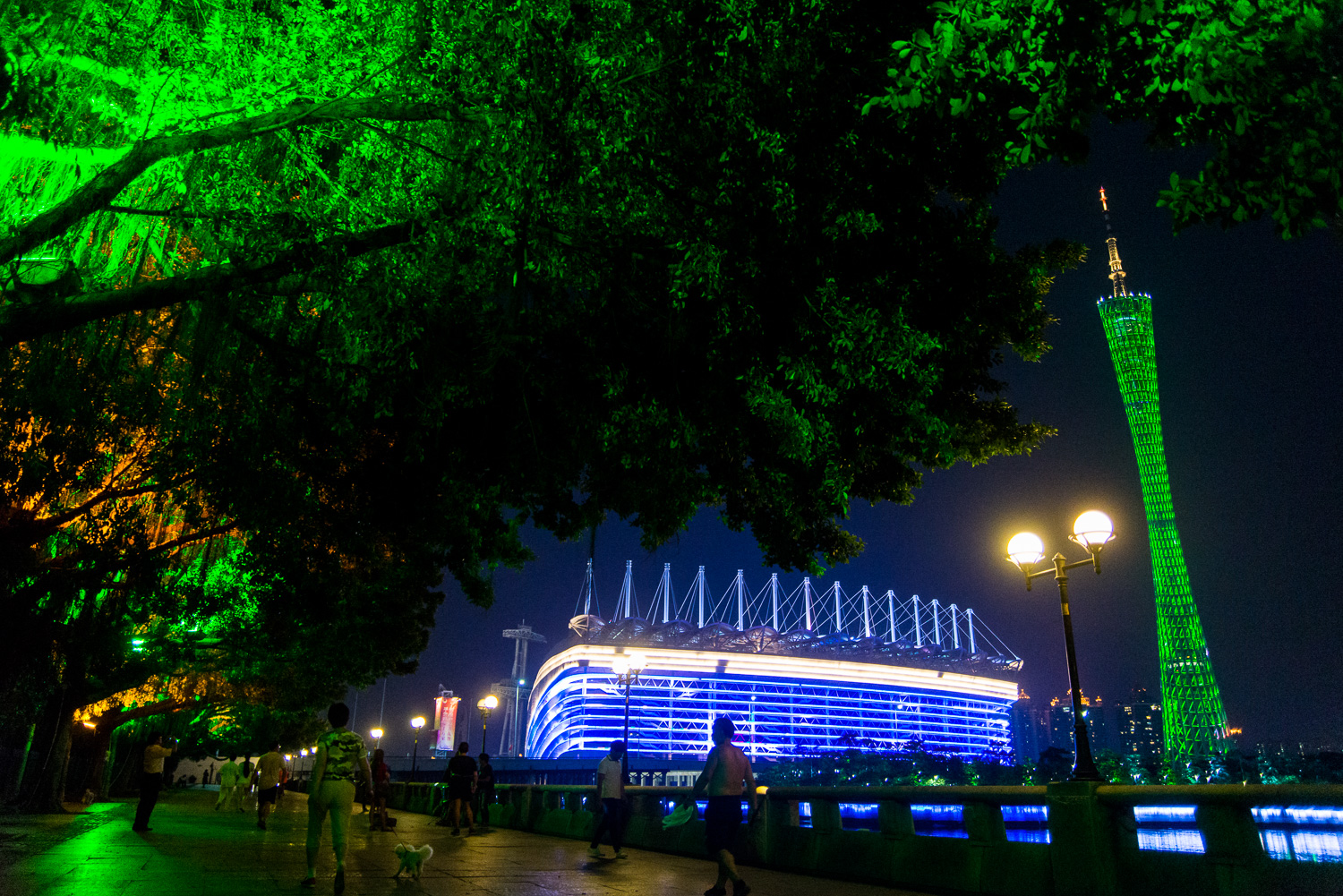[su_service title=”The South Gate of China” icon=”icon: thumb-tack” size=”16″][/su_service]
When we mention any city or town in China, we often think of traditional buildings, temples, silk dresses and ornate parasols with different motives, but also its unavoidable Asian Cuisine. In essence – yes, that is just a fragment of China. Regardless of how well prepared you are for a trip to, or across China, you are going to be surprised how many new and unexpected things you are bound to discover. To put it simply, be curious when it comes to China.
Guangzhou is the administrative centre of Guangdong province. When we mention the name of that city, you could say that there is nothing extraordinary about it and that it is just one of many places which we can, but not necessarily have to visit, when we speak about China.
If someone mentions Guangzhou to you and if you do not know where it is and what it represents… then we suggest that you play dead in order to avoid any hassle that comes along with the subject matter. Of course, it is not necessary to go to extremes, but if the whole contemporary world recognizes that name, although the city is one of the first things that come to mind in any conversation about China, a decision to visit Guangzhou is the right thing to do! Yes, yes, and again – yes, do not think twice! Pleasure or business, ancient or modern… it is up to you… choose, you are in the right place!
We are going to mention that Australia, Cambodia, Canada, Denmark, France, Germany, Indonesia, Italy, Japan, Malaysia, Holland, the Philippines, Poland, Republic of Korea, Singapore, Sweden, Thailand, Great Britain, United States, and Vietnam have their consulates in Guangzhou. You will assume that it is not mere coincidence.
During the Tang dynasty, which ruled the province of Guangdong from 618 to 907, thousands of merchant vessels were visiting Guangzhou every year. Already a large trade city at the time, it had a Muslim quarter where Arab merchants were living. Their merchandise was mainly comprised of pearls, rhinoceros horns, and sea turtles. Today, the Muslim quarter in Guangzhou is known as Liwan District.
Guangzhou is located on the Pearl River and it was the epicentre of semi-colonization of China by the West, which started in the 19th century. Macau and Hong Kong are nearby, which adds to Guangzhou’s dominant role as an economic hub. In the past, the city has been involved in the Opium Wars, the two wars which caused turbulent and violent relationship with the West afterwards. Today, Guangzhou is again under the administration of the People’s Republic of China, and after Deng Xiaoping’s economic reforms, both foreign representatives and companies have returned to the economic harbour of Southern China.
A Chinese leader, politician, diplomat, but above all, a reformer – Deng Xiaoping, has established the first special economic zone in southern China. After its experimental phase had given positive results, Guangzhou adopted that economic development strategy and set a good example for the rest of China. There is no need to emphasize that even the neighboring provinces have become more economically developed and richer.
During the transition period, Guangzhou experienced significant changes in its architecture and some traditional crafts simply disappeared. Many craftspeople with needlework and gemstone cutting skills were replaced by entrepreneurs and factory workers. However, those reforms and rapid economic growth should not be an excuse for you to not visit the city.
Anyhow, in an old city quarter called Changshou Lu there are still some goldsmiths and shops which specialize in cutting and selling gemstones. The quarter exudes Chinese cultural heritage and it represents an oasis of tradition in a modern city. To move from one century to another, you just have to walk a hundred metres (328 feet). Isn’t it great!?
[su_service title=”Clarification:” icon=”icon: question-circle” size=”16″]
Goldsmith is the name for a metalworker who specializes in working with gold and other precious metals, and who produces, reshapes and fixes jewelry and other decorative items – a jeweler so to speak. That particular trade is more of an art, because those artisans make small ornamental items showing their creativity and craftsmanship skills. In the old days they used simple tools while doing manual work. Nowadays they use new technology for metalworking and the manufacture of ornaments. Goldsmiths also use different kinds of precious stones for their work. The most common jewelry items they make are rings, wedding bands, earrings, pins, brooches, necklaces, bracelets, etc.
[/su_service]
Shopping centres, skyscrapers, and various colourful markets are everywhere in the city. Yet, in order to fully understand the essence and size of the city, and what Guangzhou has represented to the Western world, you should visit the British area named Shamian Island.
Today, on the island you can see diplomatic and consular buildings, and structures built by colonial powers, but also buildings from companies such as Jardine & Matheson, who started their business in Guangzhou on July 1st, 1832. Another famous company, Butterfield & Swire, began to do business in China in 1860. If you go eastward, you will see a public park – the former French Garden. Our Lady of Lourdes Catholic Church still stands in the French concession. It is an unreal phenomenon – definitely a must-see.
Shamian Island has a great historical significance. Under the Song and Qing dynasties, the island served as an important harbour for trade with foreigners. During the Second Opium War, which lasted from 1856 to 1860, the island was the first line of defence. In 1859 the island was divided into two concessions, when ¾ was given to Britain and ¼ to France. Anyway, let us not reveal everything… We will only say that 42 out of 150 buildings on the island are considered exotic. By the way, all of them are Gothic, Baroque, and Neoclassical style buildings. It is worth seeing, would you not agree?
On the outskirts of the city there is Chen Clan Temple/Academy, built at the end of 1894. The monument, built in the classical Southern Chinese style, has served as a holy place for the Chen family. It has stayed authentic to this day. In 1988 the temple was declared a national treasure and put under protection of the People’s Republic of China. We will mention that the Chinese academic complex consists of 19 smaller buildings, with 9 halls and 6 courtyards, connected by corridors positioned symmetrically in the north-south direction. Chen Clan Temple has a floor area of 13,200 square metres (142,084 square feet), and you will need an hour for a complete tour… Our recommendation is to set aside some time to visit that traditional edifice in a modern city.
After visiting the past, when you return to the present moment, you definitely should go see the Opera house, which is not that tall, but it is an unusual architectural solution. The building has a total floor area of 70,000 square metres (753,474 square feet), and it is ranked among the top 10 most spectacular structures of the same kind in the world. The venue is fully booked throughout the year, and it is possible that you will find something in the repertoire that you will like to see. Have a look… you never know!
By now, you have probably realized that you cannot leave that city easily. Guangzhou possesses the sea, land, and believe it or not, the sky! A view from a height will leave you breathless, but more important, you will feel the vibe of a vibrant city at its full economic capacity and size! We suggest that you leave the Canton Tower visit for the very end of your stay in China. When you take a look at a panorama of the city, you know why the whole world recognizes Guangzhou. A picture (a view in our case) is worth a thousand words!
In order to make the tower’s observation deck visit more interesting, you can take a specially designed capsule for a 360-degree ride around the structure. That will make an extraordinary impression on you. Floating above the city, so to speak, will give you a nice view of the whole area, but do not fool yourself into believing that you will be able to see every corner of it, because the city is so big that it blends with the horizon line. The tower’s interior viewing platform is at 449 metres (1.473 feet) above the ground, but if you are there, do not stay inside!
Take the one-of-a-kind opportunity to go for a ride on the outer edges of the tower. There are 16 mobile capsules, 3.2 metres (10.5 feet) in diametre, each with a capacity of up to 6 people. The ride lasts between 20 and 40 minutes. Obviously, the first question that comes to mind is about safety! Because the mechanism is high above the ground, it has been designed to withstand earthquakes with a magnitude of 8 on the Richter scale or typhoons with a magnitude of 12 on the Beaufort scale. In summary… you are safe!
[su_service title=”Clarification:” icon=”icon: question-circle” size=”16″]
The magnitude of an earthquake measures the energy released at the source of the earthquake – the hypocentre. Earthquakes are rated on the Richter scale, with no upper limit, but because there has never been an earthquake with a magnitude greater than 10, the scale usually has 9 notches. The Beaufort scale is used for measuring wind intensity. It was invented in 1806 by Sir Francis Beaufort, a British Royal Navy officer and hydrographer. The number 12 on the scale would be a hurricane with winds of 118 km (73 miles) or more per hour, which creates tidal waves that can be 14 metres (46 feet) tall in coastal areas.
[/su_service]
The Canton Tower has an interesting history. Even though today we can see the architectural masterpiece designed by Mark Hemel and Barbara Kuit, it is evident that the lower half of the tower resembles the hyperboloid structure designs by a Russian architectural engineer Vladimir Grigoryevich Shukhov. His first structure of that type, built in 1896, was patented and named Russian Empire patent No. 1896 on March 12, 1899. Anyhow, we do not want to lessen the architectural achievement of Barbara and Mark, who have designed a marvelous edifice for Chinese people.
The Canton Tower has an overall height of 600 metres (1969 feet) which makes it the second tallest free standing structure in the world. The tower has 37 storeys and two underground levels. Its form, volume, and structure are generated by two ellipses, one at the foundations and the other at 450 metres (1476 feet) above the ground level. One of the ellipses is rotated sideways, creating a twist. The tension caused by the rotation forms a “waist”, with its narrowest part in the middle of the tower, where its structural components become denser. Anyway, let us not go into detail… It is an amazing creation by Mark and Barbara, which you cannot avoid and ignore. It is definitely impossible not to notice the structure.
The Canton Tower is located alongside Luejiang Road, surrounded by a number of well known tourist attractions, such as pagodas, residential buildings, commercial skyscrapers, and a big park facing the south. Honestly, besides the Canton Tower, you will hardly pay attention to anything else.
At the end, if you have any time left, we recommend that you go on a cruise on the Pearl River. The view from a small boat will leave a uniquely different impression on you.
[su_service title=”Note” icon=”icon: comment-o” size=”16″]
Baiyun International Airport is 28 kilometres (17 miles) from the city centre. The underground railway is the fastest way to get to the city. The city’s road signs are both in English and Chinese, therefore you will have no trouble finding your way around.
[/su_service]
[su_service title=”Useful advices and recommendations:” icon=”icon: eye” size=”16″]
Early spring and late autumn are the best seasons for a visit to the city of Guangzhou, that way you will avoid humid and hot summer days.
[/su_service]
[su_service title=”Chen Clan Temple” icon=”icon: camera” size=”16″]
Entrance fee: ¥10, hours of operation: 08:30 – 17:30 (08:30 a.m. – 05:30 p.m.), tel: (area code) 8181 73 71
[/su_service]
[su_service title=”Post Office:” icon=”icon: envelope” size=”16″]
Beijing Lu Post Office, 987 Beijing Lu, Guangzhou, tel: (area code) 8333 39 83
[/su_service]
[su_service title=”Hospitals:” icon=”icon: h-square” size=”16″]
The First Zhongshan University Hospital, 58 Zhongshan Er Lu, Dongshan District, Guangzhou, tel: (area code) 8775 57 66
Guangdong Provincial People’s Hospital, 106 Zhongshan Er Lu, Guangzhou, tel: (area code) 8382 78 12
[/su_service]
[su_divider text=”to the top” style=”dashed” size=”1″ margin=”0″]–[/su_divider]
[su_spacer size=”5″]
© triptease.me
The content has been completed with the useful information provided through the courtesy of Ms. Gao Xuhe, Third Secretary, Embassy of the People’s Republic of China in the Republic of Serbia.
author: Nenad Butaš
photo: Marko Rupena
text.en: Dragan Dobožanović
Content CANNOT be used without permission!

